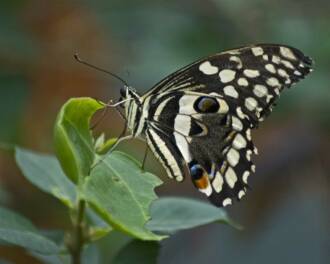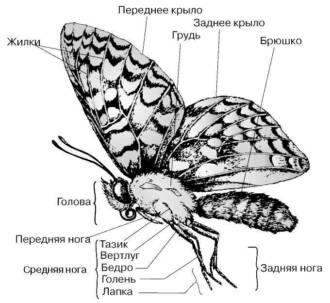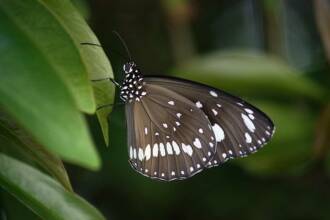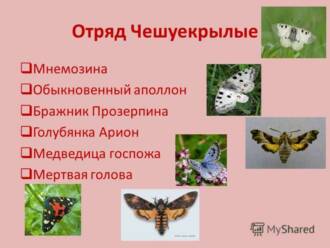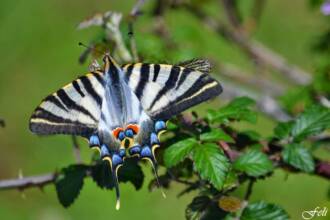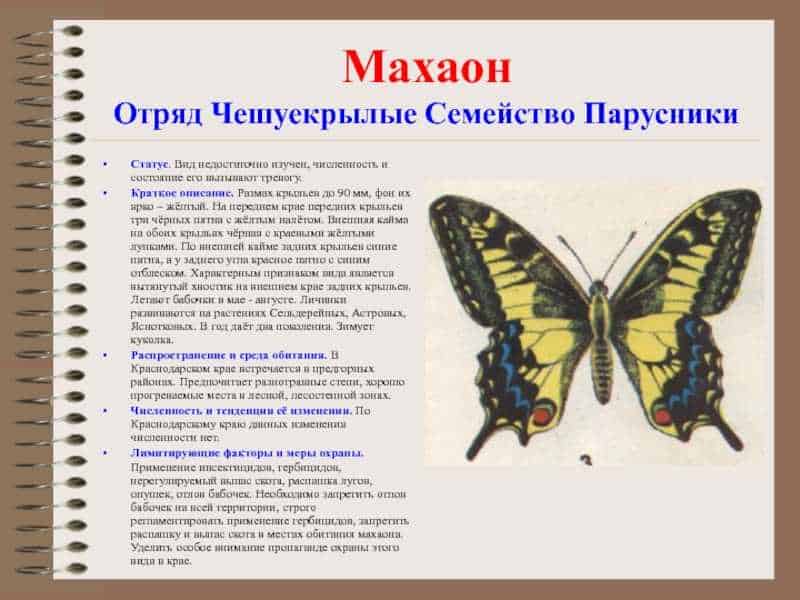
The Great White Butterfly (Pieris brassicae) is a large butterfly of the white family, which is distinguished by its magnificent appearance. It is one of the most famous and widespread types of butterflies in Russia and Europe. The white butterfly has wings with white color and black edges, which gives it elegance and attractiveness.
A photo of a large white butterfly allows you to fully appreciate its beauty and sophistication. It has wide wings with a transparent pattern and a smooth surface, which makes its flying movements spectacular and graceful. The wings are also distinguished by their large size, reaching a length of up to 6 centimeters. The white color of the wings is a characteristic feature of this butterfly, which is an excellent defense against predators in its natural habitat.
The large white butterfly lives in various regions of the world, including Europe, Asia and Africa. It prefers predominantly open and sunny areas such as fields, gardens and meadows. These butterflies actively feed on the nectar of flowers, especially preferring cabbage flowers, cruciferous vegetation and other families.
Appearance and description
The large white butterfly (Pieris brassicae), also known as the cabbage white, belongs to the white family. It is a large butterfly with a wingspan of up to 6 centimeters. It is distinguished by its characteristic coloring - the wings on the upper side are bright white with clear black edges and black patterns. There are also black patterns on the underside of the wings, but they are less contrasting and blurred.
A special feature of the large white butterfly is the presence of two sexes that differ in appearance. Males have one black spot on the upper side of the wings, while females have two. Also, males have yellow spots on the lower side of the wings, while females do not.
The large white butterfly is one of the most common butterfly species in Europe. It lives in various types of landscapes, from rural areas to mountainous regions. It is found in meadows, fields, gardens and agricultural lands. It prefers to feed on plants of the cabbage family, such as cabbage, broccoli and radishes. The large white butterfly attracts attention with its brightly coloured wings and active flight.
Behavioral features

Migration and metamorphoses
Large white butterflies known for their ability to migrate long distances. In spring, they can fly hundreds of kilometers to reach places where they can find food and suitable breeding conditions. These butterflies also undergo metamorphosis, passing from egg to caterpillar, then to chrysalis, and finally to adult butterfly.
Attracting partners
To attract partners and reproduction, white butterflies use different strategies. Males may have pheromones on their wings that attract females. They may also perform elaborate dances and flights to attract the attention of females. Females, in turn, can choose a partner based on his appearance and behavior.
Defense mechanisms
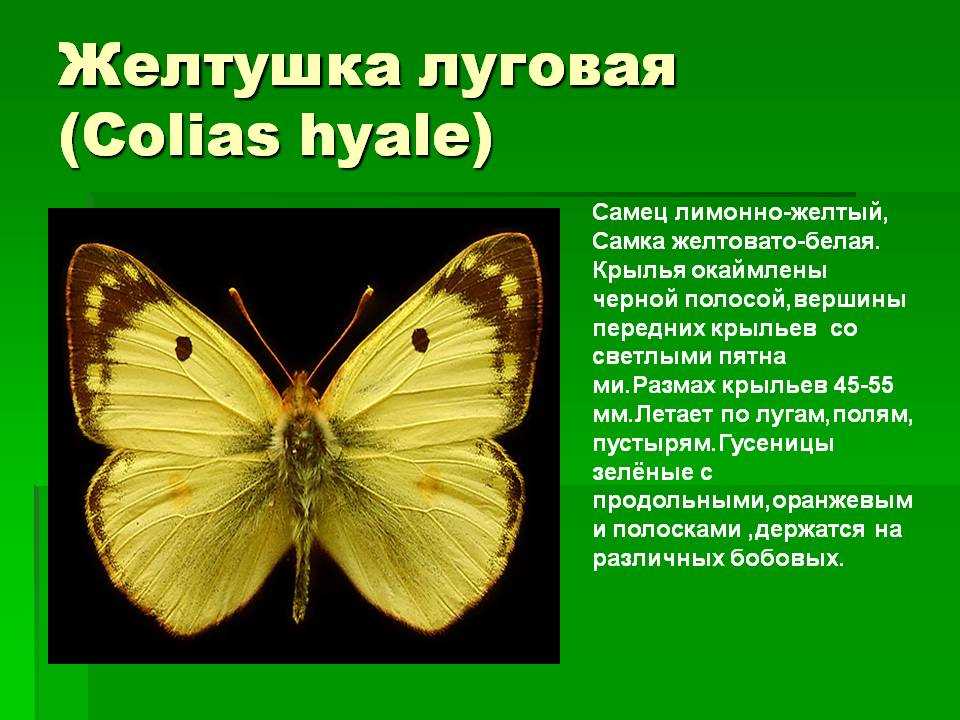
White butterflies have various defense mechanisms to survive in an environment where they are prey to predators. They can use their white coloration and wings to blend in with their surroundings and be less noticeable. They can also migrate in search of safety or use their wings to draw enemies away from their body.
Nutrition and diet

The Great White Butterfly is a florist that only feeds on flowers. She prefers flowers with bright and intense colors such as reds, oranges and purples. However, the white butterfly may also feed on other colors if there is no access to flowers of its preferred color.
White Butterfly photo Nutrition includes sucking nectar, which is the main food source for this species of butterflies. They use their long proboscis to reach the nectar inside the flowers. When a butterfly finds a suitable flower, it lands on it and starts sucking nectar with its proboscis.
White Butterfly photo They can also drink moisture from puddles and other sources to satisfy their fluid needs. They can also feed on saps and juices secreted by plants. Some species of white butterflies can also feed on the pollen they obtain by landing on a flower and transferring it to their body the next time they visit another flower.
The nutrition and diet of the white butterfly play an important role in its life cycle and contribute to its survival and reproduction. White butterflies are important pollinators of plants, helping them spread pollen and promoting plant reproduction. They are also food for some predatory insects and birds, making them part of the food chain in the ecosystem.
Reproduction and development
The Great White Butterfly, like most butterflies, goes through a full cycle of development, which includes several stages: egg, caterpillar, pupa and adult. Reproduction begins with soaring, during which the male and female touch their abdomens and release spermatophores.
The female then lays her eggs on suitable vegetation, usually plant leaves. The eggs are round or oval in shape and white in color. The eggs hatch into caterpillars that actively feed on vegetation, including leaves and stems. The caterpillars of the white butterfly are green or yellowish in color and are often covered with hairs.
After several molts, the caterpillar reaches its maximum size and begins to turn into a chrysalis. The white butterfly pupa is light or greenish in color and is firmly attached to vegetation or other suitable surface. Inside the chrysalis, tissues are reorganized, and after a while, an adult butterfly emerges from it.
After emerging from the chrysalis, the white butterfly leaves behind characteristic traces - the chrysalis shell, which remains attached to the surface. The adult butterfly has white wings with dark spots and can fly significant distances. Photos of an adult white butterfly are often found in publications about nature and scientific sources, allowing us to learn its appearance and characteristic features.
Habitat

The great white butterfly is found in a variety of habitats including grasslands, fields, gardens, and parks.
She prefers warm and sunny places where there are many flowers and nectar. This allows her to get enough food to survive and reproduce.
Photos of a large white butterfly can be found in various sources such as books, magazines and the Internet. She is known for her beautiful white coloration, which draws attention and makes her easily recognizable.
The great white butterfly can also inhabit mountainous regions, where it finds food and shelter among high-lying plants.
It is important to note that the habitat of the great white butterfly can vary depending on its geographic distribution. For example, it can live in forests or wetlands in different parts of the world.
Distribution and migrations
The great white butterfly is a widespread species found in various parts of the world. It is found in Europe, Asia, North America and other regions. Photos of a large white butterfly can be found in various sources and on specialized websites.
White butterflies can fly considerable distances in search of food and breeding sites. They are known for their migrations, which can span hundreds or even thousands of kilometers. While migrating, large white butterflies may cross obstacles such as mountains and water barriers to reach their destination.
The distribution of large white butterflies varies by season. During the warm months they can be found in the northern regions, while in winter they migrate to warmer places. Some populations may be permanent, while others may be temporary and change their habitat periodically depending on conditions.
Large white butterflies can also be introduced to different regions through human activities such as trade and migration. Their ability to adapt and adapt to different conditions allows them to successfully spread and live in different parts of the world.
Impact on the ecosystem
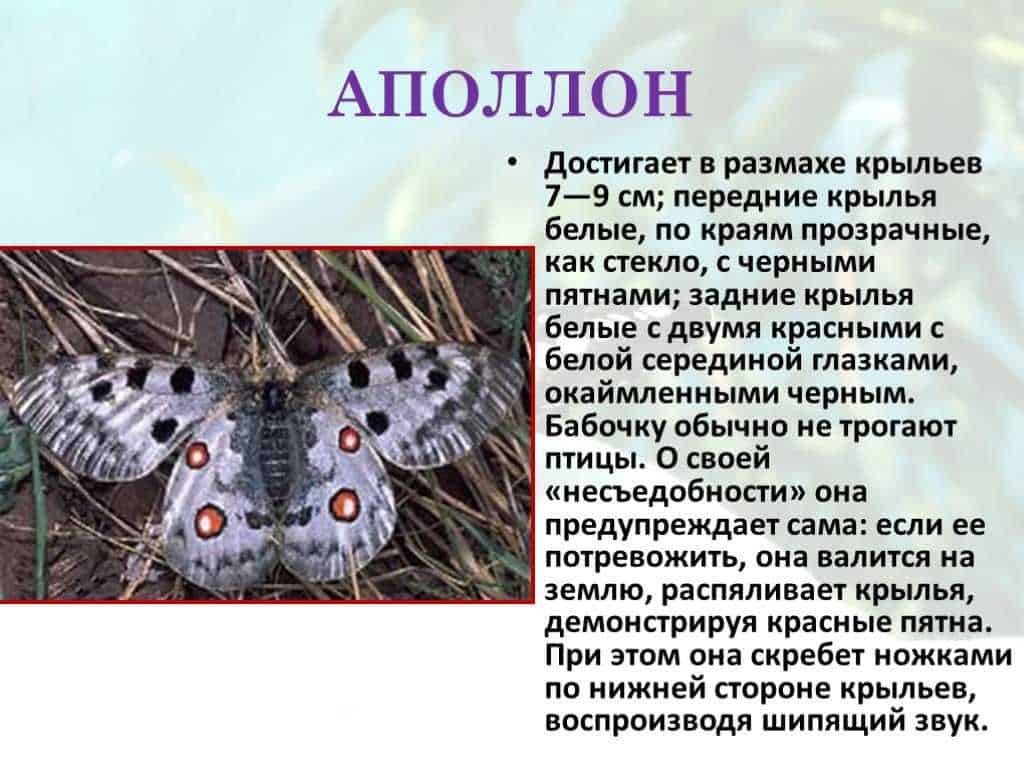
The large white butterfly, also known as the leaf butterfly, plays an important role in the ecosystem. Its presence has an impact on various aspects of the natural environment.
Pollination of plants
The large white butterfly is one of the main plant pollinators. When she visits a flower in search of nectar, the pollen grains stick to her body. Then, when the butterfly moves to the next flower, it carries the pollen and helps pollinate the plants. This helps to ensure the diversity and conservation of the plant world.
Food for predators
The white butterfly also plays the role of a food source for other animals, including birds, lizards, and insects. Its bright coloring serves as a warning to predators of its inedibility. In this way, the large white butterfly helps to maintain balance in the food chain and prevents other insects from over-breeding.
Interaction with plants
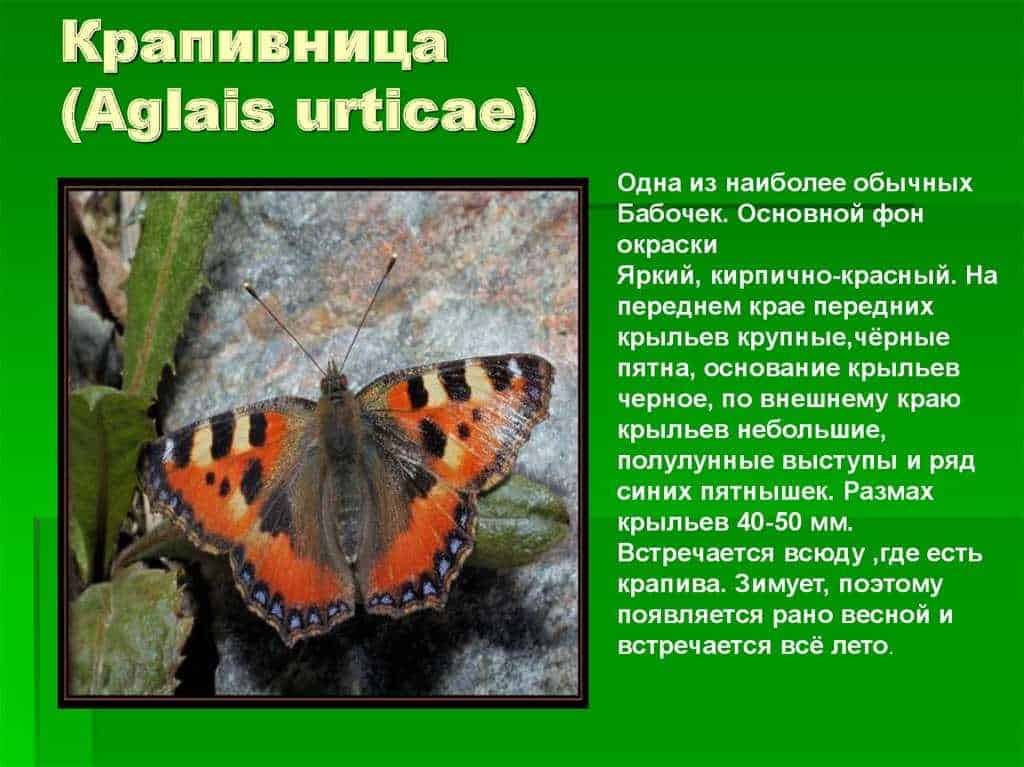
The interaction between the great white butterfly and plants also has an impact on the ecosystem. In the process of feeding, the butterfly caterpillar devours the leaves of plants. This can lead to a decrease in the number of leaves on certain plants and a change in their physical structure. Such changes may affect other interacting species in the ecosystem, including other insects and animals that depend on these plants for food and shelter.
Conservation and threats
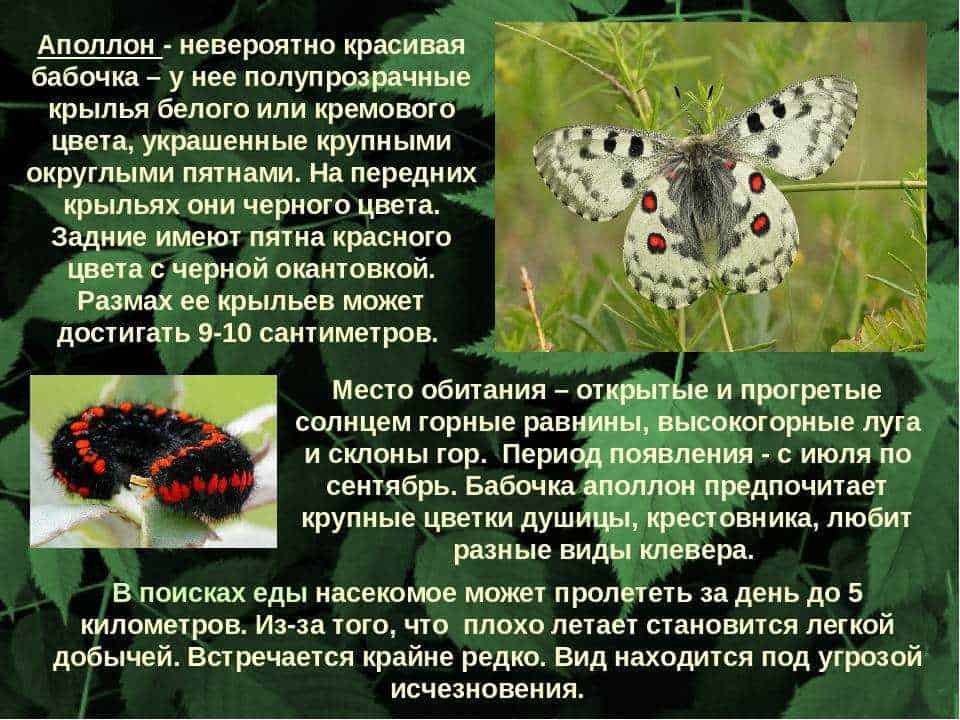
The great white butterfly is a vulnerable species that is endangered. It is listed in the Red Book and is under protection in many countries. One of the main reasons for the threat to this species is the loss of its natural habitat.
Currently, many meadows and fields, where the large white butterfly usually lives, have been turned into agricultural land or built up with urban infrastructure. This leads to loss of habitat and inaccessibility of food plants for this species.
However, there are conservation efforts for the great white butterfly. Specialists monitor the population size, study its biology and develop programs to restore its habitat. Some countries are working to create special reserves and protected areas to protect this unique species.
Photos of the large white butterfly help draw attention to its conservation. They allow you to see the beauty and uniqueness of this species, as well as understand the importance of its conservation for the biodiversity of the planet.

